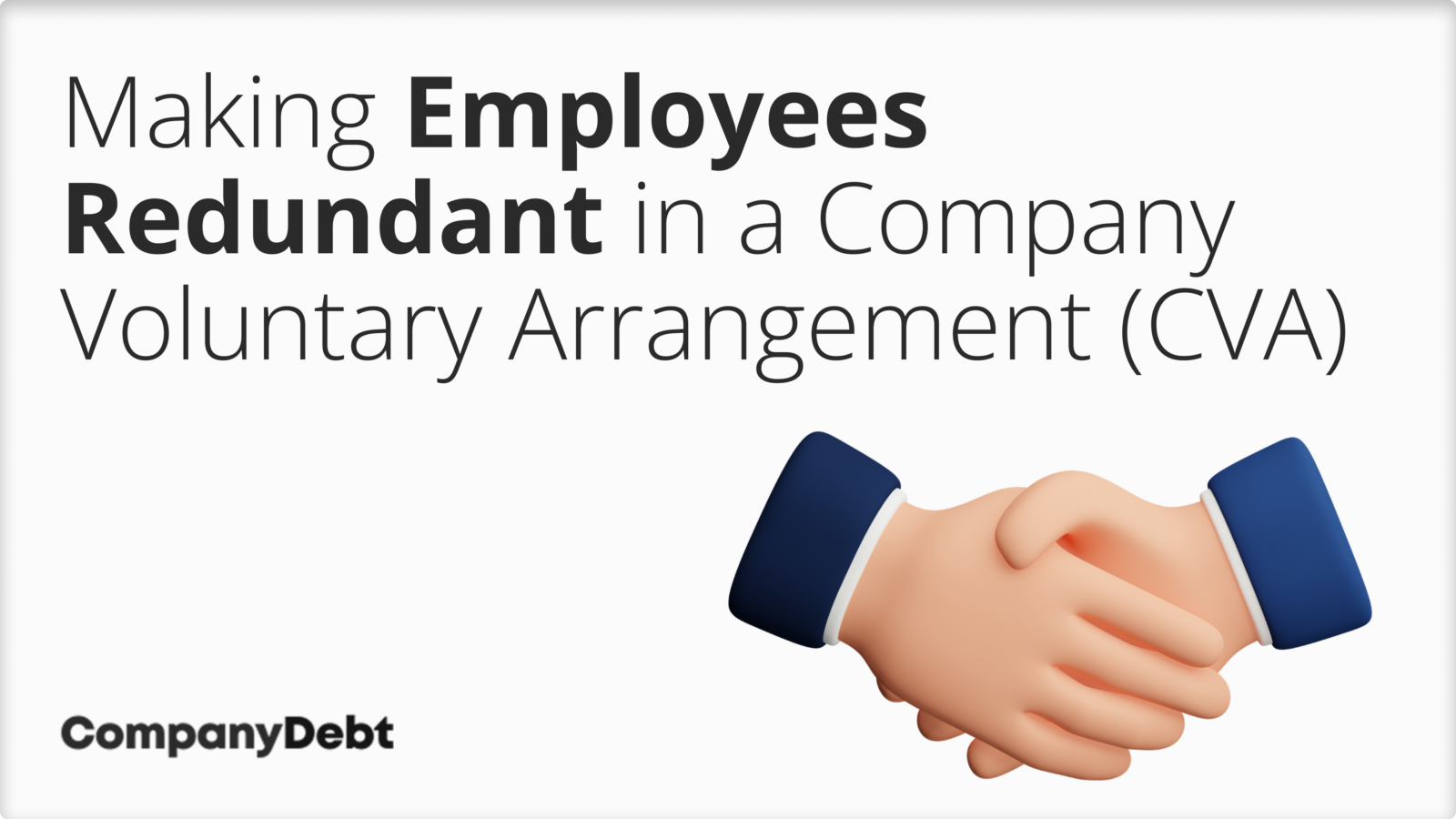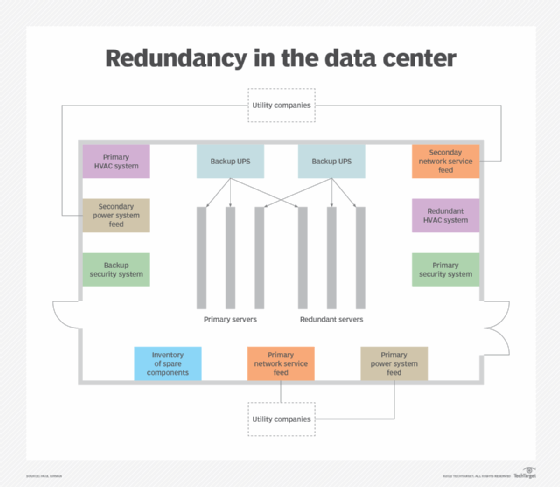Redundancy Pay If Company Goes Bust: Understanding Your Privileges in the UK
Redundancy Pay If Company Goes Bust: Understanding Your Privileges in the UK
Blog Article
Examining the Interaction Between Company Redundancy and Business Flexibility for Future Growth
In the vibrant landscape of today's organization world, the elaborate relationship between company redundancy and business versatility becomes a vital variable for sustained growth and success. Firms often deal with the challenge of striking a fragile balance between preserving a level of redundancy to alleviate dangers and promoting adaptability to respond promptly to the ever-evolving market needs. This fragile interaction holds the essential to not only enduring in unstable times yet likewise prospering when faced with unpredictability. As we explore the diverse dimensions of this interplay, fascinating insights into just how companies browse these complexities to lead the way for future development await.
Importance of Company Redundancy
Firm redundancy is an essential component that boosts business durability and minimizes functional risks. By incorporating redundancy actions within the business framework, firms can better hold up against unpredicted disruptions and changes in the service atmosphere. Redundancy works as a tactical barrier, permitting business to adjust and respond successfully to unexpected obstacles without compromising necessary operations.
One trick facet of the significance of business redundancy is its duty in ensuring connection throughout times of crisis. When confronted with abrupt changes or emergencies, redundant systems, resources, or workers can action in to maintain important features and protect against prevalent disruptions. This continuity not just safeguards the company's online reputation and client depend on but likewise reduces monetary losses and operational downtime.

Techniques for Organizational Versatility

Another important technique is spending in technology and facilities that can sustain versatility and scalability. Executing electronic tools, automation, and information analytics can improve procedures, boost performance, and provide valuable understandings for informed decision-making. Additionally, creating adaptable business structures that enable for quick adjustments to market characteristics and client demands is crucial for remaining affordable in a quickly progressing environment. By proactively recognizing prospective disturbances and possibilities, organizations can proactively adjust and flourish in an ever-changing service landscape.
Harmonizing Redundancy and Flexibility
Achieving an unified balance in between operational redundancy and organizational flexibility is critical in browsing the intricacies of a dynamic service environment. Redundancy within a company offers a safety net, making sure continuity and security in procedures. However, an extra of redundancy can cause inefficiencies and prevent versatility to altering market conditions. On the other hand, business flexibility allows companies to react immediately to outside interruptions and take new possibilities. Striking the appropriate balance in between redundancy and adaptability is a delicate process that needs a deep understanding of the company's goals, industry characteristics, and threat resistance.
To attain this equilibrium, firms require to conduct normal assessments of their procedures to determine areas where redundancy is needed for risk reduction and where flexibility can drive advancement and development. Executing versatile structures, fostering a society of continuous understanding and improvement, and encouraging open communication across all levels of the company are vital strategies to integrate redundancy and adaptability efficiently. By lining up these two crucial elements, companies can place themselves for lasting development and success in an ever-changing business landscape.
Study on Adjustment Success
In checking out instances of successful business adaptation, it becomes noticeable that the interaction in between functional redundancy and versatility is a specifying variable in shaping resistant businesses. A DVD rental solution, Netflix showed remarkable adaptability by transitioning into a streaming platform when digitalization disrupted the market. These situation researches underscore the importance of operational redundancy paired with business versatility in promoting long-lasting development and competition.
Structure Durability for Future Growth
Structure durability for future link development needs a strategic alignment of operational processes with market characteristics and emerging fads. Firms should adjust to changing atmospheres by cultivating a culture of adaptability, innovation, and continual improvement. Durability includes not only recuperating from troubles but likewise proactively getting ready for future obstacles. One essential facet of structure resilience is purchasing durable risk administration techniques to minimize possible interruptions. This includes situation planning, diversifying supply chains, and establishing backup prepare for various backups (who pays redundancy money).
In addition, promoting solid connections with stakeholders, such as clients, workers, suppliers, and the area, is vital for preserving and weathering uncertainties depend on and support during unstable times. Effective interaction and transparency play a crucial function in building strength, as they help assist in and line up expectations collaboration in navigating unpredictabilities.
Furthermore, companies need to prioritize understanding and advancement initiatives to upskill employees and furnish them with the essential devices to adapt to altering circumstances. By spending in their labor force, firms can enhance their flexibility and agility, inevitably reinforcing their strength for lasting future growth.
Final Thought

In the dynamic landscape of today's company world, the intricate partnership in between firm redundancy and business adaptability emerges as an important variable for continual development and success. Companies usually face the obstacle of striking a fragile equilibrium between maintaining a degree of redundancy to reduce risks and fostering adaptability to respond promptly to the ever-evolving market demands.To attain this equilibrium, business require to carry out regular analyses of their operations to identify areas where redundancy is essential for danger reduction and where flexibility can drive development and growth.In final thought, the interaction between business redundancy and business versatility is important for future development. Structure resilience via get redirected here a combination of redundancy and flexibility will make sure that business are prepared for the obstacles of the future.
Report this page